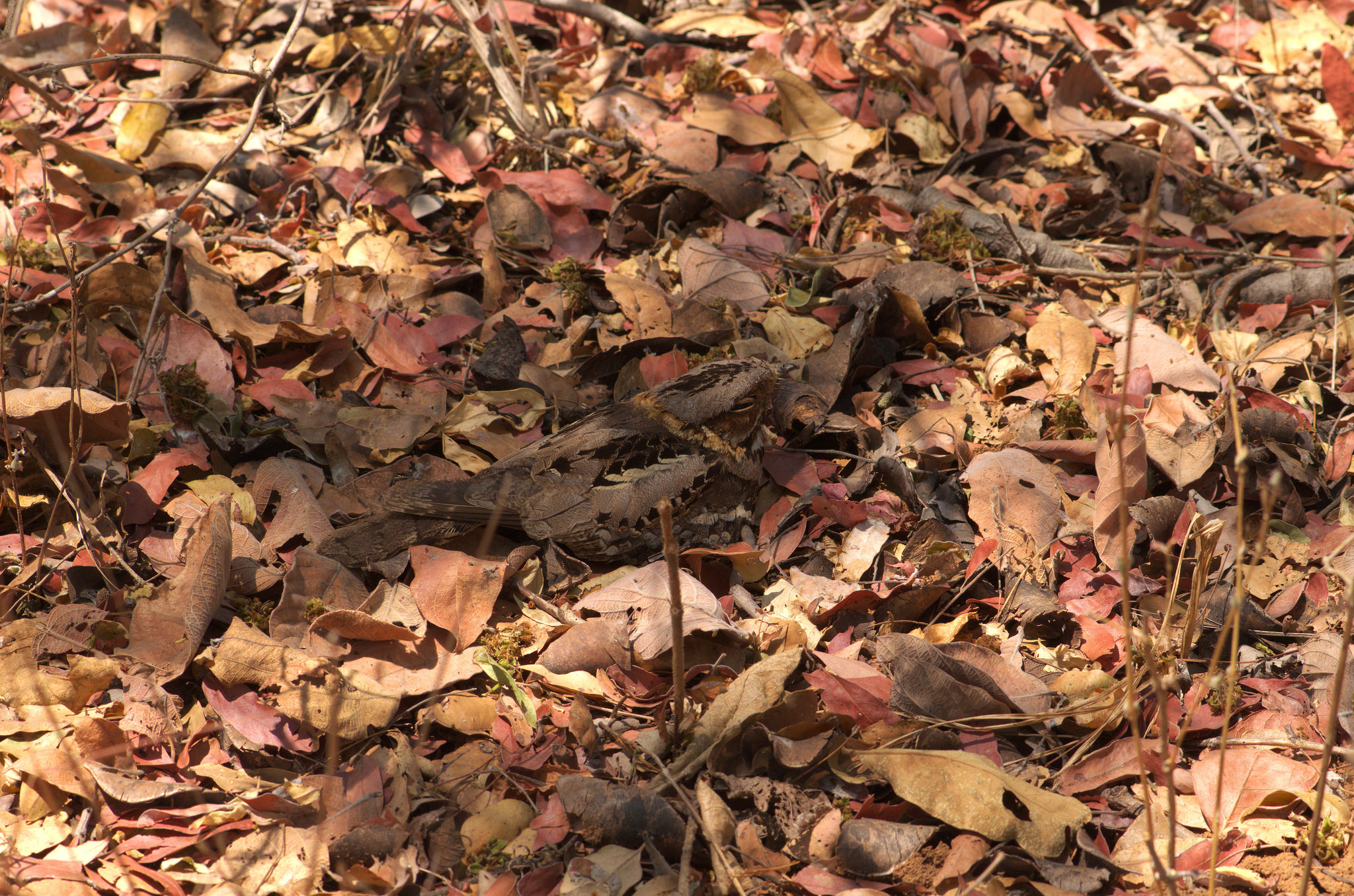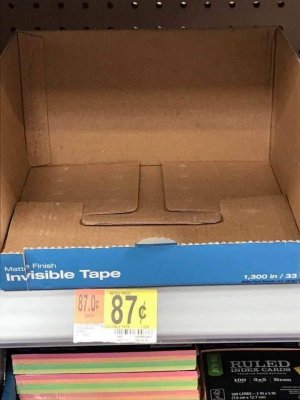You are using an out of date browser. It may not display this or other websites correctly.
You should upgrade or use an alternative browser.
You should upgrade or use an alternative browser.
The Invisibility Thread
- Thread starter Meanderer
- Start date

"Science fiction was once the only place cloaking devices existed, on a Klingon ship in Star Trek or as a literal cloak in Harry Potter. Now science has managed to make them a reality. "
"While we can't yet don an item of clothing that will make us entirely invisible, there are more options. Scientists have come up with all sorts of complicated cloaking devices, presumably with plenty of military funding. Some are more simple and can even be made at home for cheap.
We've rounded up the best cloaking discoveries science has on offer."
"Scientists at the University of Rochester have come up with a lens array system that's able to make anything in its path invisible to the human eye."
"The cloaking system uses lenses which bend light rather than allowing it to travel in a straight line. This means that anything placeed in between the lenses can no longer be seen. And the best part is you can make it yourself for about £60."
"A real world example given for its use was a truck driver who could cloak his rear storage unit so he could see directly behind him. Unlike cloaking devices in films, where a character or vehicle becomes invisible, this system relies on lenses so it's more for use seeing "around" objects." READ MORE
I've seen that transparent trailer example. Pretty cool.
"Science fiction was once the only place cloaking devices existed, on a Klingon ship in Star Trek or as a literal cloak in Harry Potter. Now science has managed to make them a reality. "
"While we can't yet don an item of clothing that will make us entirely invisible, there are more options. Scientists have come up with all sorts of complicated cloaking devices, presumably with plenty of military funding. Some are more simple and can even be made at home for cheap.
We've rounded up the best cloaking discoveries science has on offer."
"Scientists at the University of Rochester have come up with a lens array system that's able to make anything in its path invisible to the human eye."
"The cloaking system uses lenses which bend light rather than allowing it to travel in a straight line. This means that anything placeed in between the lenses can no longer be seen. And the best part is you can make it yourself for about £60."
"A real world example given for its use was a truck driver who could cloak his rear storage unit so he could see directly behind him. Unlike cloaking devices in films, where a character or vehicle becomes invisible, this system relies on lenses so it's more for use seeing "around" objects." READ MORE
https://www.jdpower.com/cars/shopping-guides/what-is-gmc-transparent-trailer-view
Thank you.I've seen that transparent trailer example. Pretty cool.
https://www.jdpower.com/cars/shopping-guides/what-is-gmc-transparent-trailer-view
Architect Kazuyo Sejima has designed a reflective train to "coexist" with changing surroundings. (2016)

"Designed by award winner Kazuyo Sejima, the commuter train uses semi-reflective and semi-transparent materials to blend into the scenery whether it’s traveling through the city or the countryside, according to a Newsweek report. "
"Sejima was commissioned to design the train in honor of the Seibu Group’s 100th anniversary."
"The company owns Seibu Railways, which operates train service around Tokyo and Saitama prefectures."
In a news release, Sejima said: "The project concept was introduced to me as 'a new limited express train like nothing seen before.'"
"She added: "The limited express travels in a variety of different sceneries, from the mountains of Chichibu, to the middle of Tokyo, and I thought it would be good if the train could gently coexist with this variety of scenery. I also would like it to be a limited express where large numbers of people can all relax in comfort, in their own way, like a living room, so that they think to themselves 'I look forward to riding that train again.'"

"Designed by award winner Kazuyo Sejima, the commuter train uses semi-reflective and semi-transparent materials to blend into the scenery whether it’s traveling through the city or the countryside, according to a Newsweek report. "
"Sejima was commissioned to design the train in honor of the Seibu Group’s 100th anniversary."
"The company owns Seibu Railways, which operates train service around Tokyo and Saitama prefectures."
In a news release, Sejima said: "The project concept was introduced to me as 'a new limited express train like nothing seen before.'"
"She added: "The limited express travels in a variety of different sceneries, from the mountains of Chichibu, to the middle of Tokyo, and I thought it would be good if the train could gently coexist with this variety of scenery. I also would like it to be a limited express where large numbers of people can all relax in comfort, in their own way, like a living room, so that they think to themselves 'I look forward to riding that train again.'"
Last edited:
Our Skin Is Covered With Invisible Stripes
"Human skin is overlaid with what dermatologists call Blaschko’s Lines, a pattern of stripes covering the body from head to toe. The stripes run up and down your arms and legs and hug your torso. They wrap around the back of your head like a speed skater’s aerodynamic hood and across your face. Or they would, if you could see them."

"And today we know what they are: cellular relics of our development from a single cell to a fully formed human. Each one of us started out as a single cell, and then a little glob of cells. As the cells divided, they differentiated. Some became muscles, others bones, still others organs. And some became skin. As those skin cells continued dividing, they expanded and stretched to cover a quickly growing body. One cell line pushed and swirled through another like steamed milk poured into an espresso to make a latte."
"Blaschko’s lines are the molecular evidence of those swirls."
"Human skin is overlaid with what dermatologists call Blaschko’s Lines, a pattern of stripes covering the body from head to toe. The stripes run up and down your arms and legs and hug your torso. They wrap around the back of your head like a speed skater’s aerodynamic hood and across your face. Or they would, if you could see them."

"And today we know what they are: cellular relics of our development from a single cell to a fully formed human. Each one of us started out as a single cell, and then a little glob of cells. As the cells divided, they differentiated. Some became muscles, others bones, still others organs. And some became skin. As those skin cells continued dividing, they expanded and stretched to cover a quickly growing body. One cell line pushed and swirled through another like steamed milk poured into an espresso to make a latte."
"Blaschko’s lines are the molecular evidence of those swirls."
Aunt Bea
SF VIP
- Location
- Near Mount Pilot
Aunt Bea
SF VIP
- Location
- Near Mount Pilot
officerripley
Well-known Member
- Location
- Porlock, Calif
I wish he would!
OneEyedDiva
SF VIP
- Location
- New Jersey
Looks like they've made some improvements on this technology since the first time I saw a video about it. In that video, the man's presence was somewhat detectable.Real life invisibility shield.
GoneFishin
Well-known Member
- Location
- Canada 🏠⛺🚤
The invisible bird: what makes the nightjar a camouflage champion


GoneFishin
Well-known Member
- Location
- Canada 🏠⛺🚤
Aunt Bea
SF VIP
- Location
- Near Mount Pilot
“Tell people an invisible man in the sky created all things, they believe you. Tell them what you've painted is wet, they have to touch it to believe.”
- George Carlin
- George Carlin


















